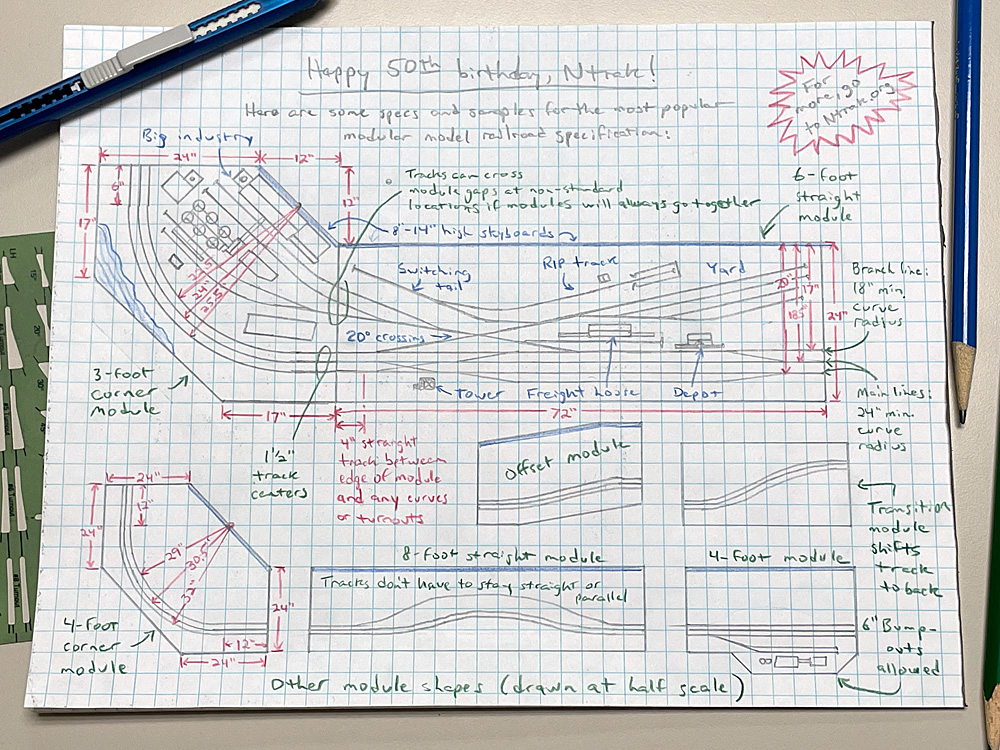
To mark the 50th anniversary of Ntrak, I thought I’d take a look at the Ntrak modular standard and sketch up a sample track plan for a couple modules. Ntrak started at an N scalers’ gathering in Signal Hill, Calif., in 1973, where the modelers were discussing ways to get more people into their favorite […]
Read More…
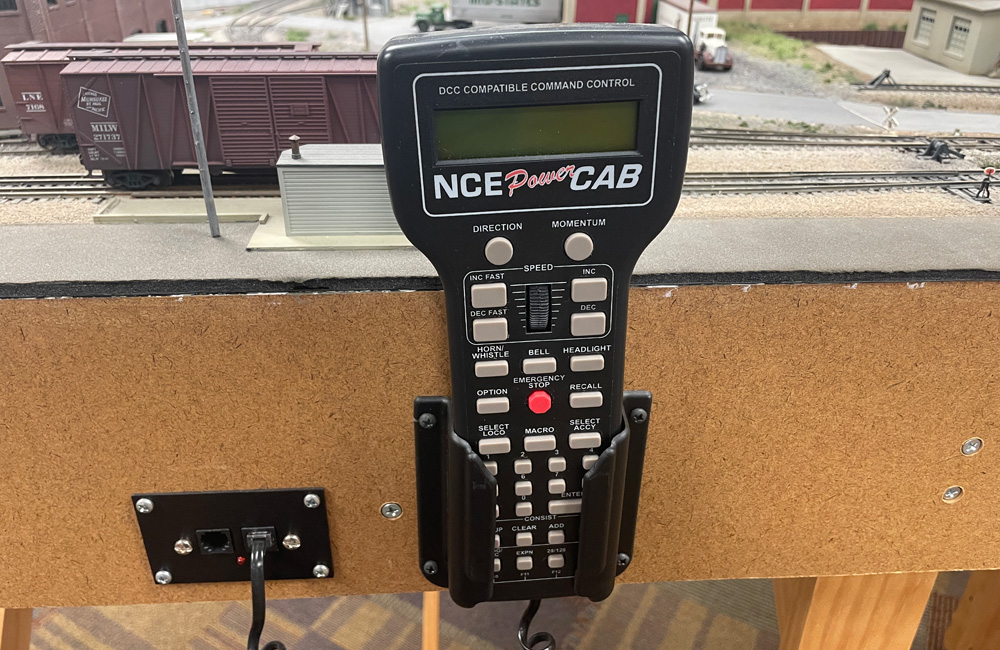
Thanks to these model railroad fascia fixtures, your layout’s fascia can do more than give the edge of your layout a finished look. That stretch of tempered hardboard, medium density fiberboard, plywood, or linoleum can also serve a practical purpose. Consider adding some of these model railroad fascia fixtures to make life easier for your […]
Read More…
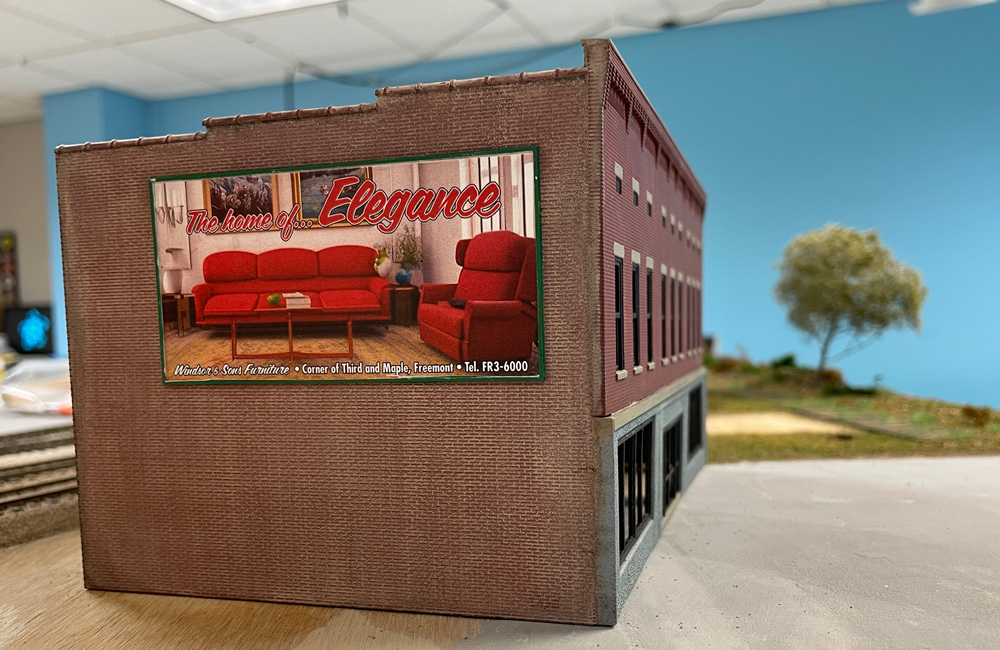
Here’s how you can make a billboard, poster, or wall sign from an AI-generated image for your model railroad layout. Artificial intelligence generators have been in the news lately as writers, artists, and other creative types debate the possibility of computers taking over their jobs. Although AI-generated art is not good enough yet to replace […]
Read More…
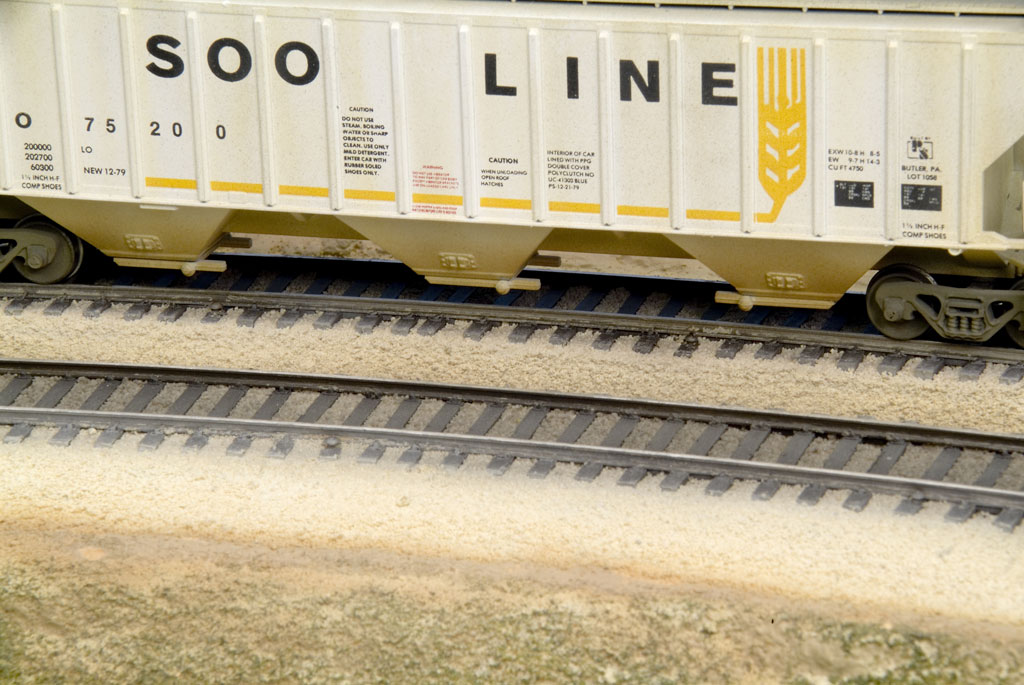
Track ballasting made easy: Model railroading is fun, right? Well, most of the time it is, but there are some aspects of this hobby that make us shudder. And judging by the questions we receive, one thing many of us don’t enjoy is ballasting. However, adding ballast (the rocks between the ties and along the […]
Read More…

How to cut and fit sectional and flextrack: Cutting rail is a common activity that becomes important as soon as anyone begins building a model railroad. Small layouts built with sectional track generally fit together pretty well, but when flextrack is used, it’s often necessary to trim the rail ends to fit. Most flextrack is […]
Read More…
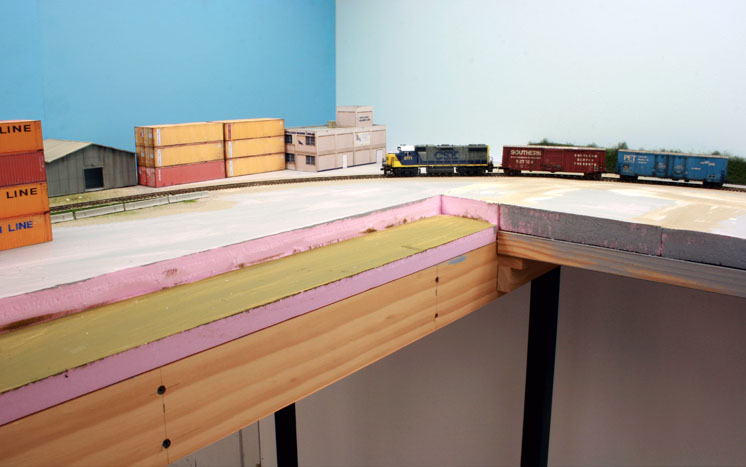
Roadbeds made easy with foam: Plywood has been the primary material for model railroad bench tops for many years. In many situations, though, I’ve found that extruded-foam insulation board is a viable alternative for bench tops built on either flat surfaces or open grids. With proper support, the rigid foam can easily hold anything a […]
Read More…
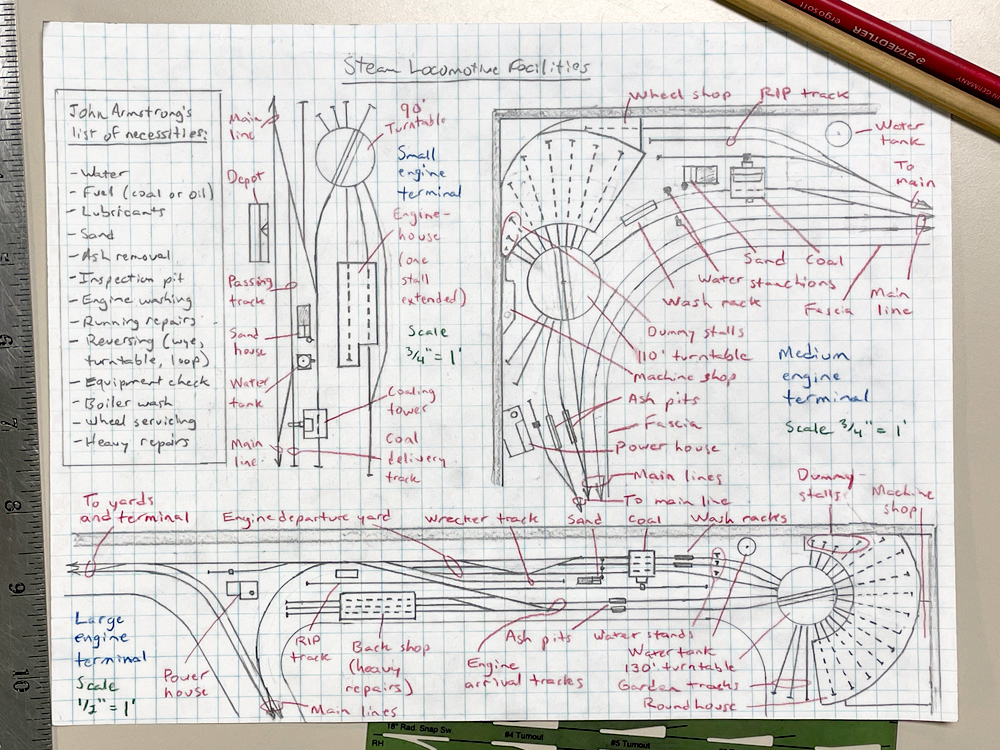
If you run steam locomotives on your model railroad, you need a steam engine terminal. Even if you don’t have room to model one, your model locomotives must get serviced somewhere off layout. But there are a lot of good reasons to model a steam engine terminal. First of all, and most important to some, […]
Read More…
Signaling has entered a golden age in the hobby. More options exist now than have ever existed before for modelers to add signals to their railroads. Resources and online groups allow access to information and photographs at an unprecedented level. Possibilities cover the full range of options from a single stand-alone manual signal to a […]
Read More…
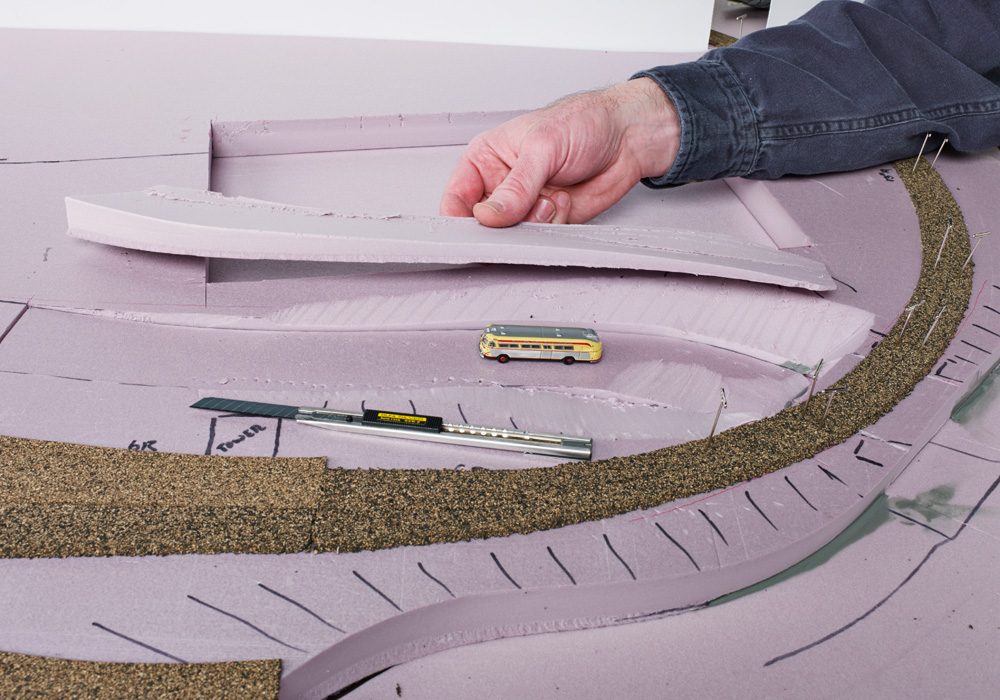
Q: What are the drawbacks of extruded-foam insulation board benchwork? Much has changed with model railroading since my childhood. As a retiree, I’m re-entering the hobby with a modest HO scale layout in a 10 x 15-foot room in my garage. I’ve consulted several articles, books, and videos on benchwork, but I’m still uneasy about […]
Read More…
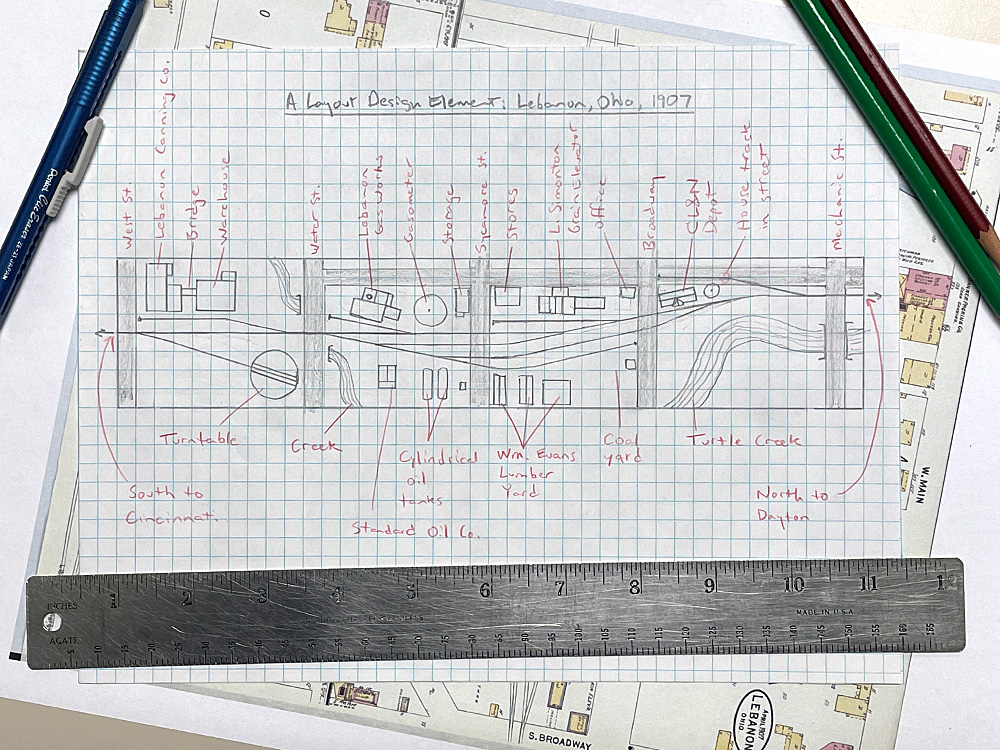
This month I decided to try planning a Layout Design Element. According to Model Railroad Planning editor Tony Koester, who invented the term, a Layout Design Element (LDE) is a visually and operationally recognizable model of a prototype railroad location. An LDE is a notch of realism higher than layouts that are merely inspired by […]
Read More…
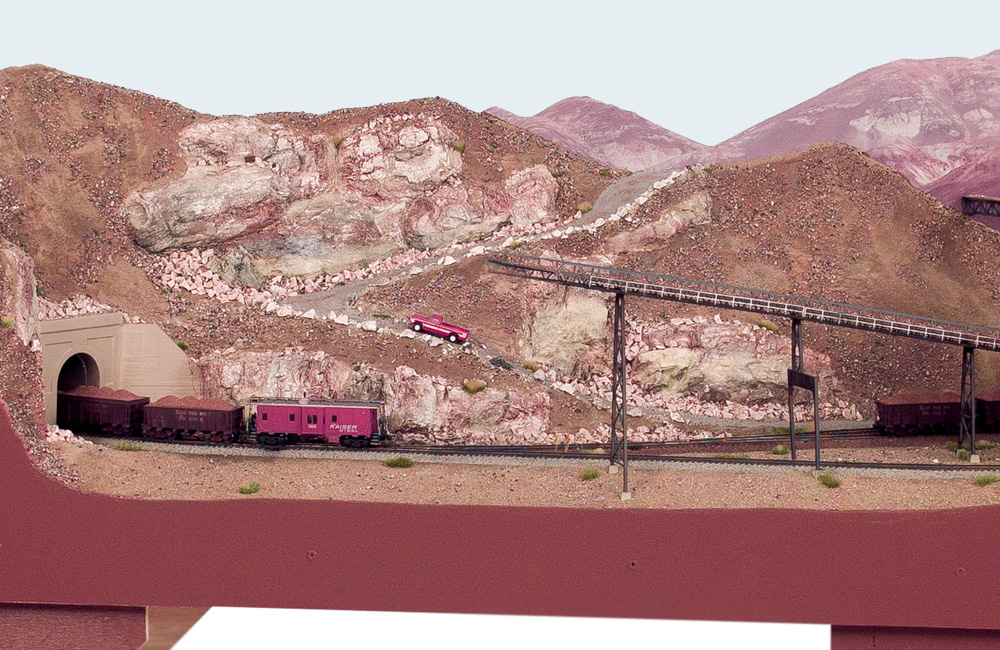
Q: Can you help me decide how high to place a layout backdrop? I am a long time modeler and have used backdrops on a prior double-deck HO layout. I’m now faced with planning backdrops for a single-deck N scale layout with rolling hills. How do I handle a scene that drops on a 2% […]
Read More…
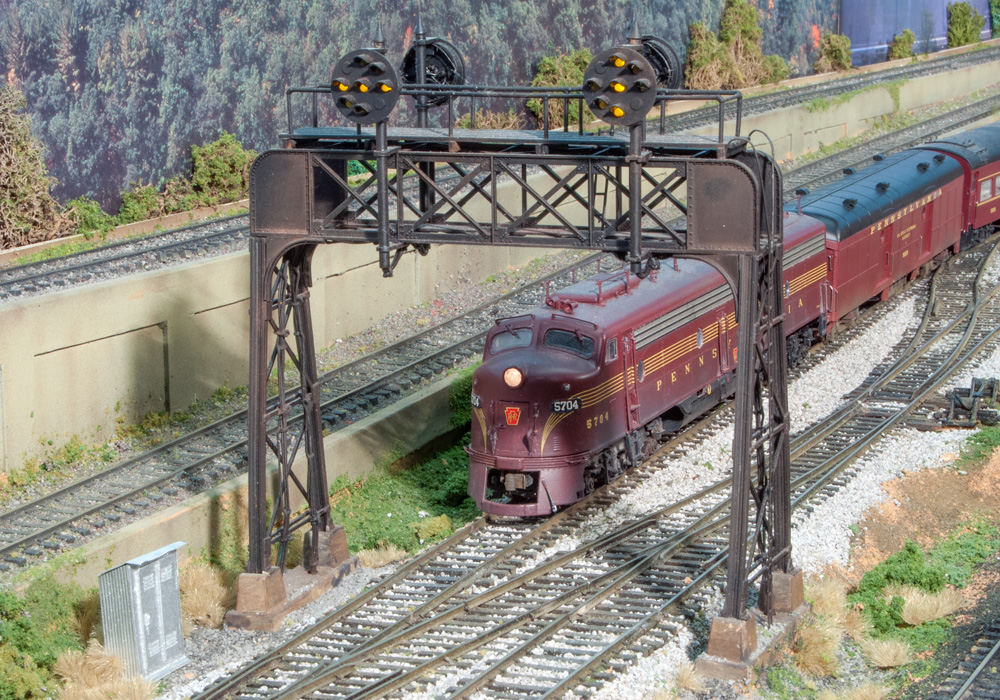
Unless you model a short line or branch line that owns only one locomotive, your layout probably needs some kind of model railroad signals. Signals are used to convey information to an engineer about the block of track ahead: whether it’s safe to enter, whether it’s occupied by another train, and how fast it can […]
Read More…











